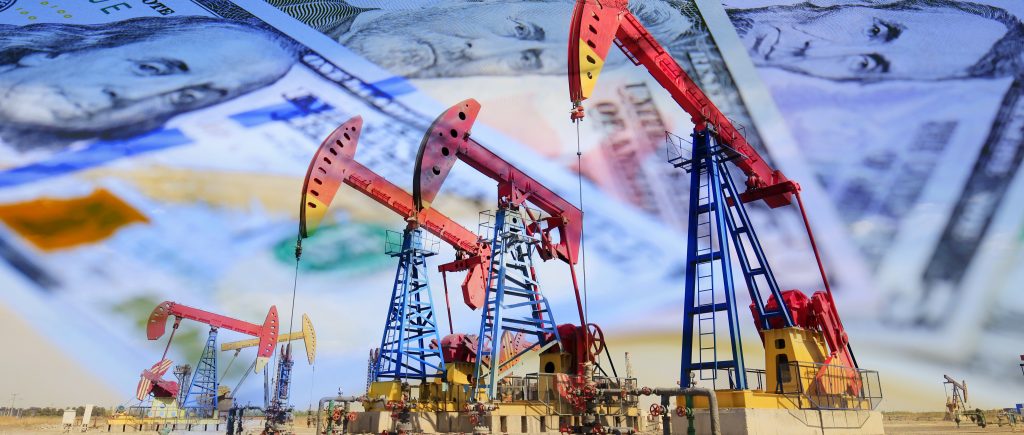Oil prices surged nearly 2% on Thursday, extending gains from the previous session, as concerns over Hurricane Francine’s impact on U.S. oil production lifted the market. However, a pessimistic outlook on global demand, particularly from China, tempered further price increases.
Brent crude futures for November delivery rose by $1.24, or 1.8%, to $71.85 per barrel by 1008 GMT, while U.S. West Texas Intermediate (WTI) crude futures for October were up $1.26, or 1.9%, at $68.57. This marked a second consecutive session of gains, following Wednesday’s 2% rally, as the hurricane caused significant disruptions to U.S. energy infrastructure.
Hurricane Francine Halts Gulf Production
Hurricane Francine, which made landfall in southern Louisiana on Wednesday, forced the shutdown of offshore platforms and disrupted refinery operations along the U.S. Gulf Coast. According to the U.S. offshore regulator, nearly 39% of oil and almost half of natural gas production in the Gulf of Mexico were offline, with 171 production platforms and three rigs evacuated.
Demand Concerns Cloud Outlook
Despite the hurricane-induced supply concerns, oil markets remain weighed down by a weaker demand outlook. On Thursday, the International Energy Agency (IEA) revised its 2024 oil demand growth forecast downward by 70,000 barrels per day (bpd) to 900,000 bpd, attributing the revision to subdued demand from China, the world’s largest oil importer.
Additionally, the Energy Information Administration (EIA) reported a rise in U.S. crude oil stockpiles last week, driven by increased imports and lower exports, further pressuring the demand outlook.
Earlier this week, the Organization of the Petroleum Exporting Countries (OPEC) also slashed its 2023 global oil demand growth forecast for the second time in as many months, citing persistent economic headwinds and slower-than-expected recovery in key markets like China.
Fed Meeting and Economic Data in Focus
Looking ahead, traders are turning their attention to the U.S. Federal Reserve’s upcoming policy meeting on September 17-18, with expectations of an interest rate cut. Lower interest rates could potentially stimulate economic growth and, in turn, drive up demand for oil.
Market participants are also awaiting key U.S. economic data due later on Thursday, which could provide further insights into the health of the world’s largest economy and its implications for global oil demand.
While supply concerns due to Hurricane Francine have provided short-term support for oil prices, the broader market continues to grapple with the dual pressures of rising inventories and weakening demand forecasts.
 Noor Trends News, Technical Analysis, Educational Tools and Recommendations
Noor Trends News, Technical Analysis, Educational Tools and Recommendations





